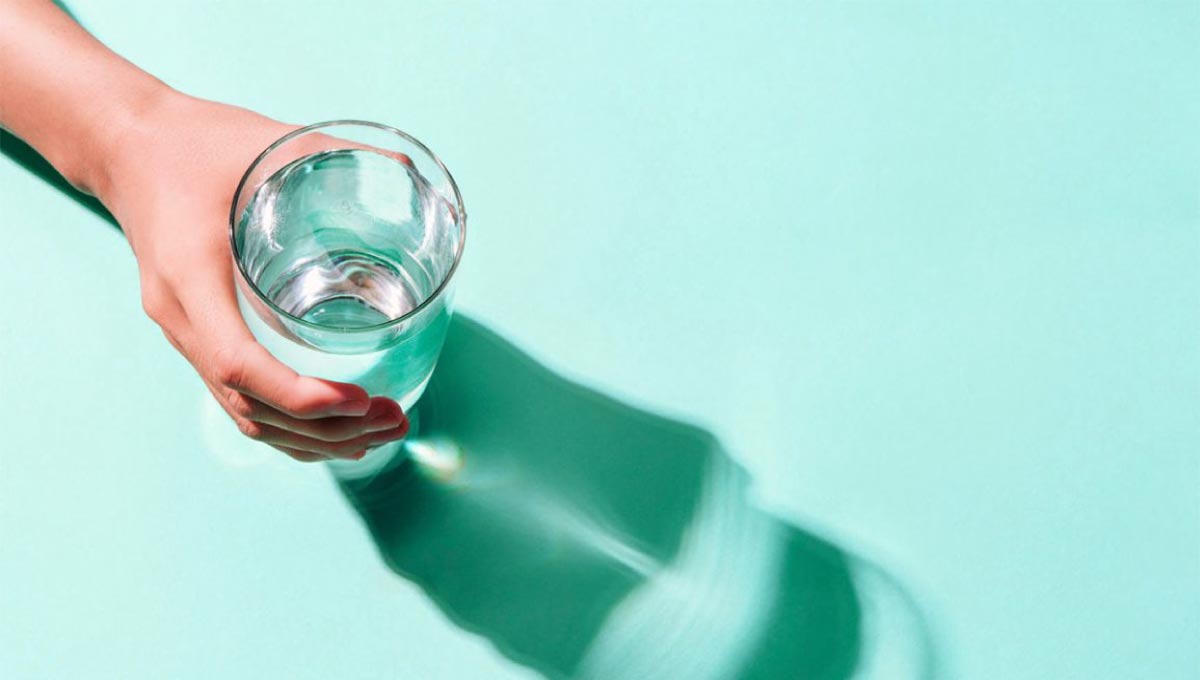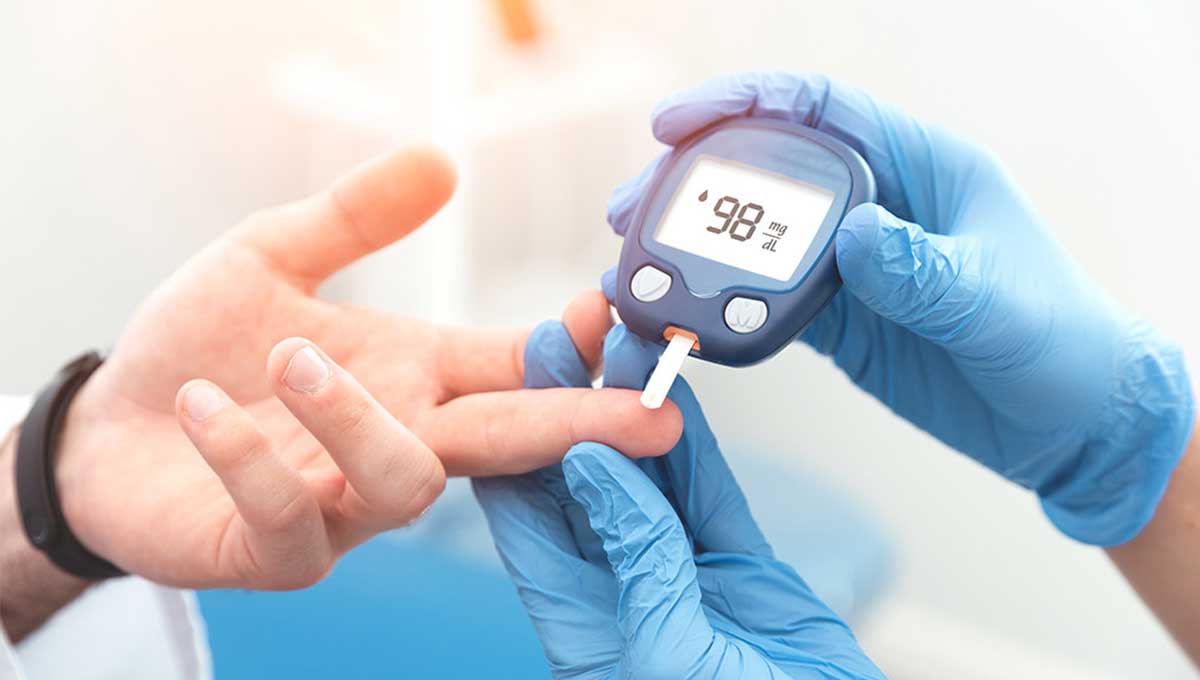Diabetes is carving its way through Canada. Nearly 2.3 million Canadian adults have diabetes.
But this number accounts for only a fraction of diabetes cases. Juvenile diabetes is on the rise, and you need to be informed about it.
What are the signs of juvenile diabetes, including in toddlers? How can a child receive a diagnosis for it? What sorts of treatments can children receive, including through their diet?
Answer these questions and you can be part of the cure and prevention for juvenile diabetes. Here is your comprehensive guide.
Signs of Juvenile Diabetes
The pancreas produces a hormone called insulin. Insulin takes sugar and brings it into cells, allowing the cells to use it as fuel.
Diabetes occurs when there is too much sugar inside the blood. Insulin cannot remove it all, or the cells stop responding to insulin. Sugar can circulate through the body and cause a number of health problems.
Diabetes in children can present at any age. It is possible for babies to have it, though this is uncommon. More adolescents and teenagers tend to have diabetes than very young children.
Early Warning Signs of Juvenile Diabetes
Diabetes has three standard early warning signs. The signs apply to adults and children alike. Recognizing the signs and stopping their courses are essential for diabetes prevention.
Someone with diabetes may show extreme hunger. Even after they eat a full meal, they may continue to feel hungry.
They may need to urinate frequently. This symptom is especially prominent at night. They may wake up in order to use the bathroom, even after they have relieved themselves.
The individual may feel very thirsty. They may drink large amounts of water without feeling any relief. Their high consumption of drinks may cause them to go to the bathroom, yet they continue to drink.
These signs can present alongside each other, or they can appear by themselves. Diabetes in kids may also present without any apparent symptoms.
There are few other conditions that produce all three of these symptoms at once. Any child who shows them should go to their doctor for a diabetes diagnosis. A child can still prevent diabetes if they get advice from their doctor.
Signs and Symptoms of Juvenile Diabetes in Toddlers
Toddlers with diabetes can show all three warning signs. A toddler may wet the bed more often than other children.
Though they may be very hungry, they may not gain weight. Their weight may decrease because the energy from their food is not going into their muscles. This is a significant sign of diabetes that requires medical intervention.
A toddler may also show incredible fatigue. This occurs because their body is not able to turn the sugar into fuel.
A toddler may also have a yeast infection. This comes from excess carbohydrates in their blood and waste. They may also have fruity-smelling breath, which suggests sugar is building in their mouth.
As the child experiences their symptoms, their behaviour may begin to change. They may seem irritable, or they may make a lot of requests for attention.
Risk Factors
There are several factors for diabetes in children. Diabetes has genetic components, so a family history of diabetes or insulin resistance is a major risk factor.
A child born to someone with gestational diabetes is more likely to have diabetes themselves. The child will not be born with diabetes. But their lack of insulin in the womb can affect their health.
Overweight children are at high risk. Children that carry more fat around their abdomen tend to have diabetes more often than children with fat elsewhere. This may be due to the impact of fat on the digestive system.
Both overeating and a lack of exercise can contribute to diabetes. Children who eat large amounts of carbohydrates have more of a risk than children who eat other kinds of foods.
BIPOC children experience diabetes at higher rates than white children. A 2019 study found that the disparities in diabetes rates are traceable back to 1995 at least.
BIPOC children have less access to health care, meaning they don't receive a timely diagnosis. This can make their cases of diabetes worse as well.
Other medical conditions can lead to increased risk. A hormone problem or a birth defect in the pancreas can contribute to diabetes. But family history and obesity are more substantial factors.
Juvenile Diabetes Complications
As diabetes progresses, the symptoms become more prominent. A child may continue to experience increased thirst, hunger, and urination.
Each of these symptoms may get worse. A child may develop a dry mouth or irritated gums because they are so thirsty. They may have problems with their bladder because they are peeing so much.
High blood sugar impacts tissues at the far ends of the body. Someone may experience blurred vision, especially during the nighttime. They may feel a tingling in their hands and feet, as though their limbs are asleep.
Cuts and sores may take longer to heal. They may also experience more bruising and dried skin.
Hypoglycemia occurs when the blood sugar drops too low. It can occur because a child with diabetes skips a meal. They may experience trembling, nausea, or fainting.
Diabetic ketoacidosis occurs when the blood sugar rises too high. Acidic chemicals called ketones build up in the body, inducing symptoms like pain and vomiting.
Hypoglycemia or diabetic ketoacidosis can be the first sign that a child has diabetes. Both are medical emergencies that require immediate intervention.
The symptoms may appear suddenly, or they may take some time to appear in full. This may make it hard to track and stop diabetes.
Type 1 Juvenile Diabetes
Doctors labelled type 1 diabetes as "juvenile diabetes" because many children had it. Adults can receive a diagnosis for it as well, but children make up most cases.
Type 1 diabetes occurs when the pancreas stops making insulin. It may become exhausted after producing too much of it over the years.
The immune system may also be involved. It may attack insulin-producing cells in the pancreas, preventing the organ from making insulin.
Type 1 tends to appear in the body very quickly. The immune system may begin attacking the pancreas after a sickness, especially a viral one. It may take only a few weeks for symptoms to appear in full.
Type 2 Juvenile Diabetes
Type 2 diabetes used to be "adult-onset diabetes." But children and adults alike can receive a diagnosis of it. It is more common than type 1.
Type 2 involves insulin resistance. The cells stop responding to insulin, which means that sugar remains inside the bloodstream. The pancreas continues to make insulin, but the cells do not use it.
Type 2 appears in the body over several years. A child may not know that they have it until they experience a complication like diabetic ketoacidosis.
The early signs of both types are near-identical to each other. People with type 2 tend to experience blurred vision and severe fatigue more than individuals with type 1.
Juvenile Diabetes Treatment
Diabetes is not curable. But it is manageable in a number of ways. A child may need one or more therapies at once, and they can take charge of some of them.
Diagnosis
Symptoms are strong pieces of evidence that support a diabetes diagnosis. But they are not enough in themselves to lead to a diagnosis.
A child must receive a series of tests to determine their condition. These tests follow the Canadian diabetes guidelines.
Doctors test children for type 1 diabetes first. They take a blood sample and run a random blood sugar test on it. A level higher than 200 milligrams per deciliter (mg/dL) indicates diabetes.
A glycated hemoglobin test covers a child's blood sugar level for the previous three months. A level that is higher than 6.5% suggests diabetes.
A doctor may then run a urine test. They will check for ketones, which indicates type 1 diabetes more than type 2.
If there are no ketones, they may test for type 2 diabetes. A fasting blood glucose test examines a child's blood sugar levels when they have no food in their symptoms. A reading higher than 126 mg/dL indicates type 2 diabetes.
Insulin Treatment
Many people think about insulin injections when they hear about diabetes treatment. Insulin injections may be necessary for people with type 1 diabetes. They need more insulin in their bloodstream so they can avoid eye and nerve damage.
Most children need multiple injections of insulin per day. They may need different kinds of insulin in order to feel the full effects of their injections. As they get older, they may need to inject more insulin into their body.
Younger children may need an adult to help them with their injections. But most children can handle the responsibility themselves. Teenagers should receive encouragement to take charge of their insulin.
Injections are less common for children with type 2 diabetes. They may take pills instead so they can manage their blood sugar levels.
Diet
Adopting a diabetic diet is perhaps the most prominent diabetes treatment. The type 2 diabetes diet involves eating numerous healthy foods.
Fruits and vegetables are major components of the diet. A child should eat as many leafy greens as possible. They should find berries that will give them essential vitamins.
A child should stop eating red meat and switch to non-animal sources of protein. These sources include legumes, nuts, and certain whole grains. They can also eat seafood, though they should roast or bake their fish instead of frying it.
Whole grains like bulgur and oats help lower blood sugar levels. They also contain high amounts of dietary fibre, which assists the digestive system.
Children should drink water whenever they feel thirsty. If they want a drink that will give them energy, they can try out some coffee alternatives. Tea can supply them with nutrients without too much caffeine.
A child should avoid processed and fried foods. They should limit their consumption of sweets as much as possible. This includes sweetened drinks like soda pop and fruit juice.
Blood Sugar Tests
Any child with diabetes should check their blood sugar every day. They can get a fingerstick device that gives them instant results.
If their blood sugar is too low, they should eat or drink something to increase it. If it is too high, they should take some insulin or a pill. They may also need to adjust their meals to avoid complications.
JDRF
JDRF is one of the world's leading organizations for juvenile diabetes research. Lee Ducat and Carol Lurie started it in the United States in 1970. The Canadian branch was founded in 1974.
The organization's initial focus was on finding a cure for type 1 diabetes. It still continues to perform research into a cure.
But it has expanded its mission to develop diagnostic tools and treatment techniques. JDRF has helped with the development of glucose monitors and insulin pumps. It has helped organizations in Canada and the United States come up with guidelines for medications.
The initial name of JDRF was "the Juvenile Diabetes Foundation." It then changed its name to "the Juvenile Diabetes Research Foundation." As research came out to show that adults could have type 1 diabetes, the organization changed its name to JDRF.
Fight Back Against Juvenile Diabetes
Juvenile diabetes is a scourge. It presents through increased urination, hunger, and thirst. As it progresses, it can cause eye and nerve problems that may be severe.
Type 1 diabetes occurs when the body stops making insulin. Type 2 occurs when it is unable to process insulin.
But a child can receive treatment for both types. After a formal diagnosis, they can begin a diabetic meal plan. They can take insulin injections and pills to manage their blood sugar levels.
Health insurance can help. Insurdinary lets you determine the best policies for your family. Get your quotes today.



